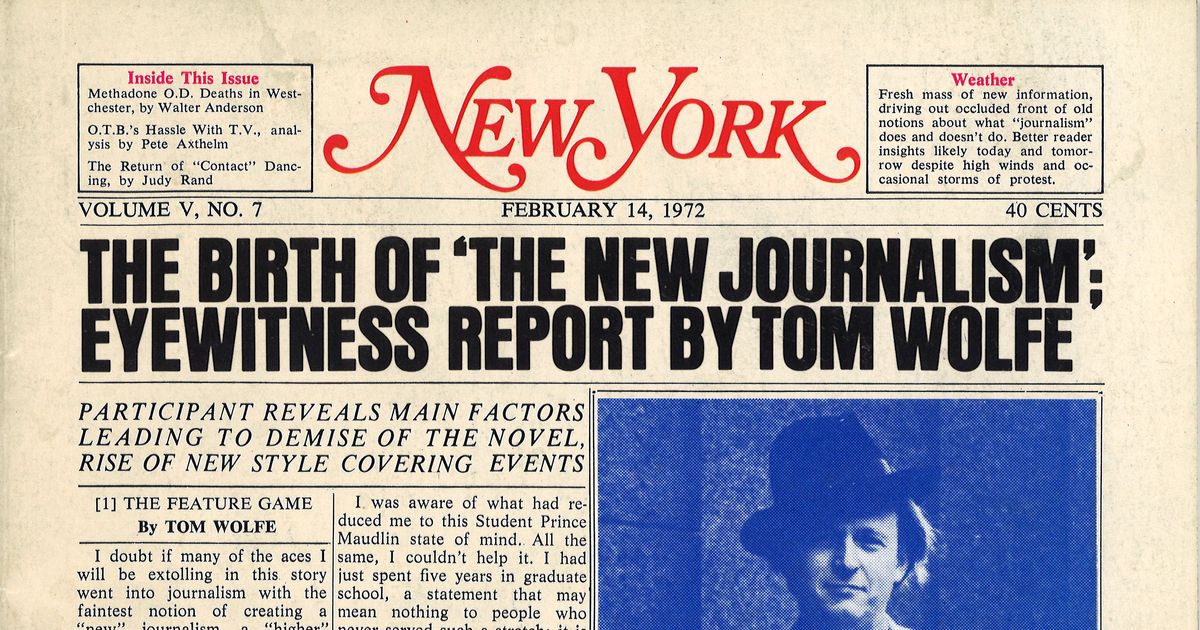News Articles Things To Know Before You Get This
News Articles Things To Know Before You Get This
Blog Article
The Definitive Guide for News Articles
Table of ContentsNot known Facts About News ArticlesA Biased View of News ArticlesNews Articles for BeginnersA Biased View of News ArticlesNot known Factual Statements About News Articles
Good expertise of various subjects offers trainees a competitive edge over their peers. Despite the fact that digital and social media sites are readily obtainable, we must not forget exactly how crucial it is to check out the papers. Parents need to attempt and instill the behavior of checking out a newspaper as an everyday routine to proceed the tradition of the adored print tool.News stories likewise have at the very least one of the following crucial features relative to the intended target market: proximity, prominence, timeliness, human rate of interest, strangeness, or effect.
Within these limits, newspaper article likewise intend to be detailed. Nonetheless, various other variables are entailed, some stylistic and some originated from the media kind. Amongst the bigger and more highly regarded papers, fairness and equilibrium is a significant consider providing details. Discourse is generally constrained to a different area, though each paper might have a different overall slant.
Papers with an international target market, for example, tend to make use of a much more official style of creating. News Articles.; typical design guides consist of the and the US Information Style Publication.
The 10-Minute Rule for News Articles
As a policy, reporters will certainly not use a long word when a brief one will do. They use subject-verb-object building and brilliant, energetic prose (see Grammar). They offer anecdotes, examples and metaphors, and they rarely depend on generalizations or abstract ideas. News writers try to prevent utilizing the very same word extra than as soon as in a paragraph (sometimes called an "echo" or "word mirror").
Headings often leave out the subject (e.g., "Jumps From Watercraft, Catches in Wheel") or verb (e.g., "Pet cat lady lucky"). A subhead (likewise subhed, sub-headline, subheading, subtitle, deck or dek) can be either a subordinate title under the major heading, or the heading of a subsection of the article. It is a heading that precedes the major text, or a group of paragraphs of the major message.

Extra billboards of any of these kinds may show up later on in the post (especially on succeeding pages) to tempt further analysis. Such signboards are also made use of as tips to the article in various other sections of the magazine or site, or as ads for the item in other magazine or sites. Normal framework with title, lead paragraph (recap in bold), various other paragraphs (information) and contact info.

Example of a hard-lead paragraph NASA is suggesting another room project. The agency's budget demand, introduced today, included a strategy to send another mission to the Moon. This moment the company wants to develop a long-lasting facility as a jumping-off factor for various other space journeys. The budget plan requests approximately $10 billion for the project.
The NASA statement came as the agency requested $10 billion of appropriations for the project. An "off-lead" is the 2nd crucial front page Visit Your URL information of the day. The off-lead shows up either in the leading left corner, or straight below the lead on the right. To "hide the lead" is to begin the short article with background details or details of second value to the visitors, forcing them to find out more deeply right into a post than they ought to have to in order to find the important factors.
The Facts About News Articles Uncovered
Common usage is that a person or 2 sentences each create their own paragraph. Reporters generally describe the organization or structure of a newspaper article as an upside down pyramid. The important and most fascinating aspects of a tale are placed at the beginning, with sustaining details complying with in order of reducing importance.
It enables people to check out a topic to just the deepness that their interest takes them, and without the charge of information or subtleties that they could consider unimportant, however still making that info offered to more interested viewers. The upside down pyramid framework additionally allows write-ups to be trimmed to any arbitrary size throughout format, to suit the area offered.
Some writers begin their tales with the "1-2-3 lead", yet there are many kinds of lead available. A twist can refer to several things: The last story in the news broadcast; a "satisfied" story to finish the show.
Longer posts, such as publication cover posts and the find this pieces that lead the within areas of a newspaper, are known as. Attribute stories vary from straight news in several means. Foremost is the absence of a straight-news lead, a lot of the time. Rather than providing the essence of a tale up front, function authors may try to draw readers in.
The Facts About News Articles Revealed
The journalist commonly information interactions with interview subjects, making the piece extra personal. A function's very first paragraphs typically relate an appealing minute or occasion, as in an "unscientific lead". From the particulars of an individual or episode, its sight quickly broadens to abstract principles about the tale's topic. The area that signifies what an attribute has to do with is called the or signboard.

The Editor's Toolbox: A Referral Guide for Beginners and Professionals (2001) Allan M. Siegal and William G. Connolly. The New York City Times Handbook of Design and Usage: The Official Style Overview Used by the Writers and Editors of the Globe's The majority of Reliable Paper (2002) M. L. Stein, Susan Paterno, and R.
Report this page